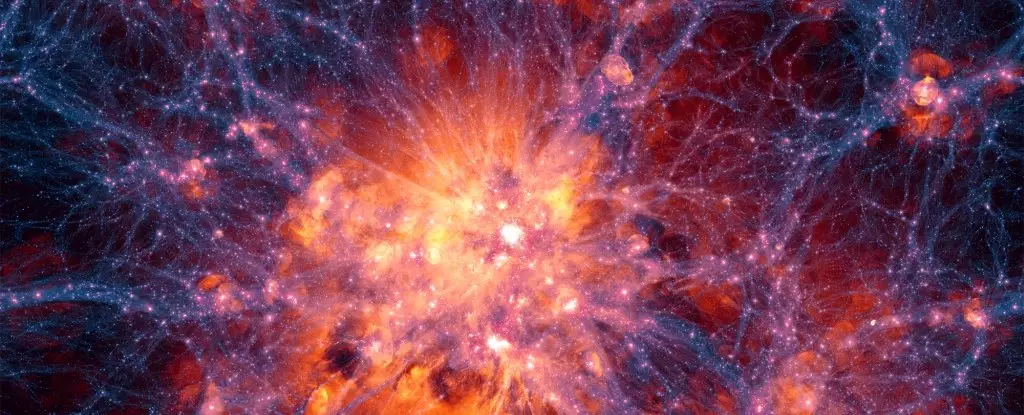The pursuit of understanding dark matter—an enigmatic and elusive component of the universe—has long captivated physicists and astronomers alike. Recent advancements in experimental design, particularly at the University of Southampton, are paving the way for potentially groundbreaking discoveries in this field. An innovative approach that involves levitating graphite sheets in a microgravity environment promises to provide new insights into the nature of dark matter, a substance that has alluded direct detection despite its significant gravitational effects.
Dark matter constitutes a staggering portion of the universe but is notoriously difficult to characterize. While baryonic matter, which includes stars, planets, and interstellar dust, is observable with telescopes and various instruments, the gravitational pull exerted by dark matter suggests a hidden presence far more significant. Measurements of galactic rotation and gravitational lensing reveal discrepancies that can only be reconciled by postulating the existence of dark matter, which is believed to surpass normal matter by a factor of six. Despite these compelling indirect indicators, our inability to visually detect or directly interact with dark matter leaves a significant knowledge gap.
Unveiling the mystery of dark matter requires innovative experimental techniques. At the University of Southampton, physicist Tim Fuchs and his team are at the forefront of this effort with an experiment poised to launch aboard the Jovian-1 satellite. The core of their research revolves around the unproven theory that dark matter may exert an imperceptible pressure on matter through what they term a “dark wind.” By creating a microgravity environment in which graphite sheets can be levitated between magnets, researchers aim to detect minute forces that could indicate the presence of dark matter particles.
This unique methodology leverages the sensitivity of levitated graphite in a zero-gravity setting, where even the faintest anomalies could become discernible. Fuchs emphasizes the unprecedented nature of this experiment: “We’ll be levitating graphite between magnets which, in zero gravity, are incredibly sensitive to small forces.” This sophistication in design marks a departure from traditional dark matter detection methods, which often rely on large underground facilities to shield against cosmic rays and other interferences.
Planned for launch in early 2026, the Jovian-1 satellite is expected to carry several experimental tasks, conducted by students and researchers from various institutions in the UK. Though the timeline for results may appear distant, the implications of their findings could reshape our understanding of cosmic matter. Whether or not the experiment succeeds in detecting dark matter particles, it may illuminate the reasons behind the failures of numerous terrestrial dark matter experiments, which often yield inconclusive results.
According to Fuchs, “There are theories that say the dark matter interaction rate may actually be so high that it cannot penetrate our atmosphere or the mountains under which detectors have been built.” This could suggest that Earth-bound experiments lack the necessary conditions to observe dark matter interactions, highlighting the critical importance of in-orbit research like that conducted by the Southampton team.
The exploration of dark matter extends beyond merely identifying this mysterious component of the universe; it challenges our fundamental understanding of physics and cosmology. The successful detection—or even the misalignment of expected outcomes—could have profound implications for the fields of particle physics and astrophysics. It could potentially validate or refute existing theories about the universe’s formation, structure, and eventual fate.
The innovative experiment being prepared by the University of Southampton represents a bold step forward in the unrelenting quest to understand dark matter. As scientists continue to probe the cosmos using both innovative technologies and theoretical frameworks, each development contributes to the larger tapestry of knowledge surrounding our universe. The upcoming years hold the promise of transformative discoveries that could redefine our comprehension of the cosmos and its elusive constituents.


Leave a Reply